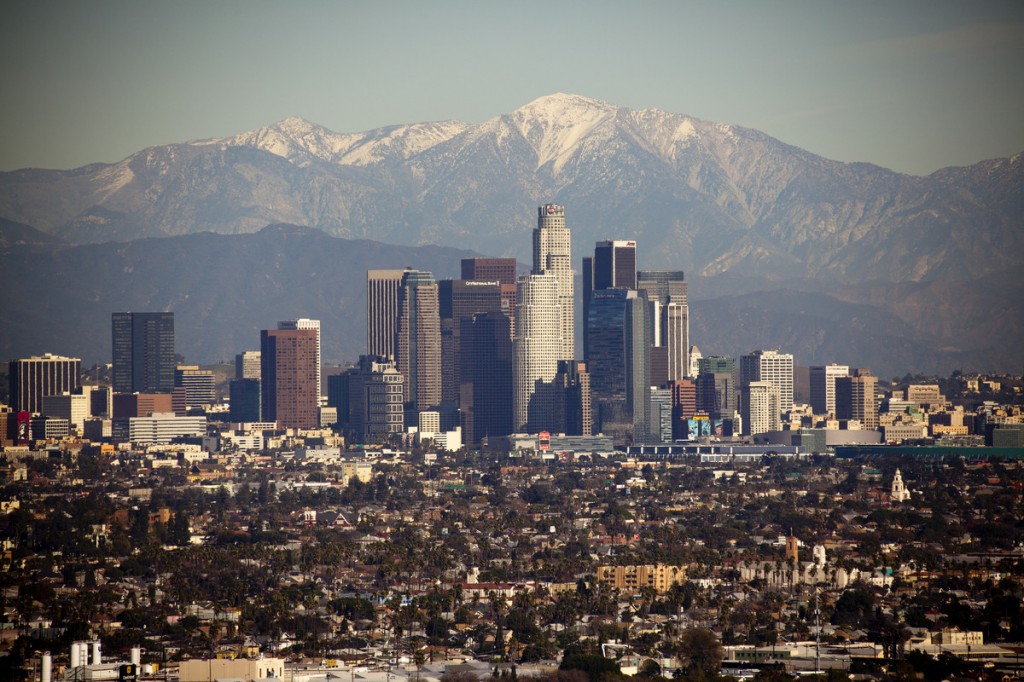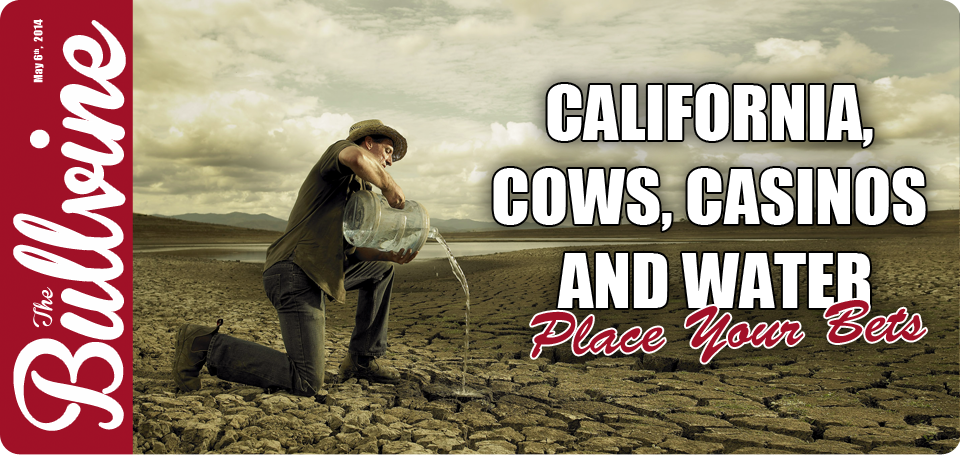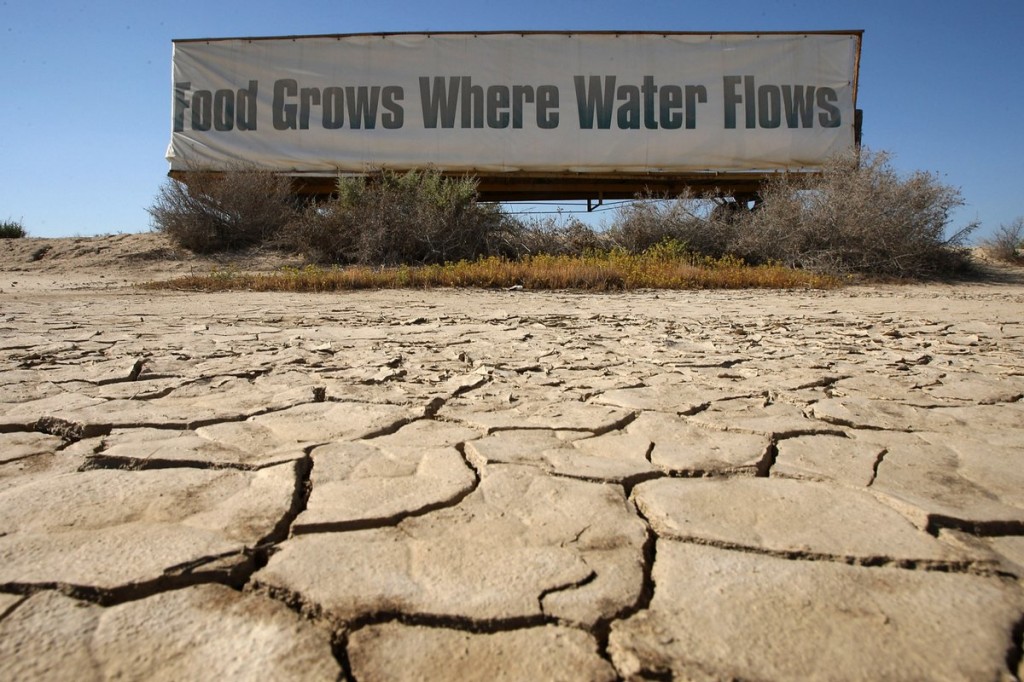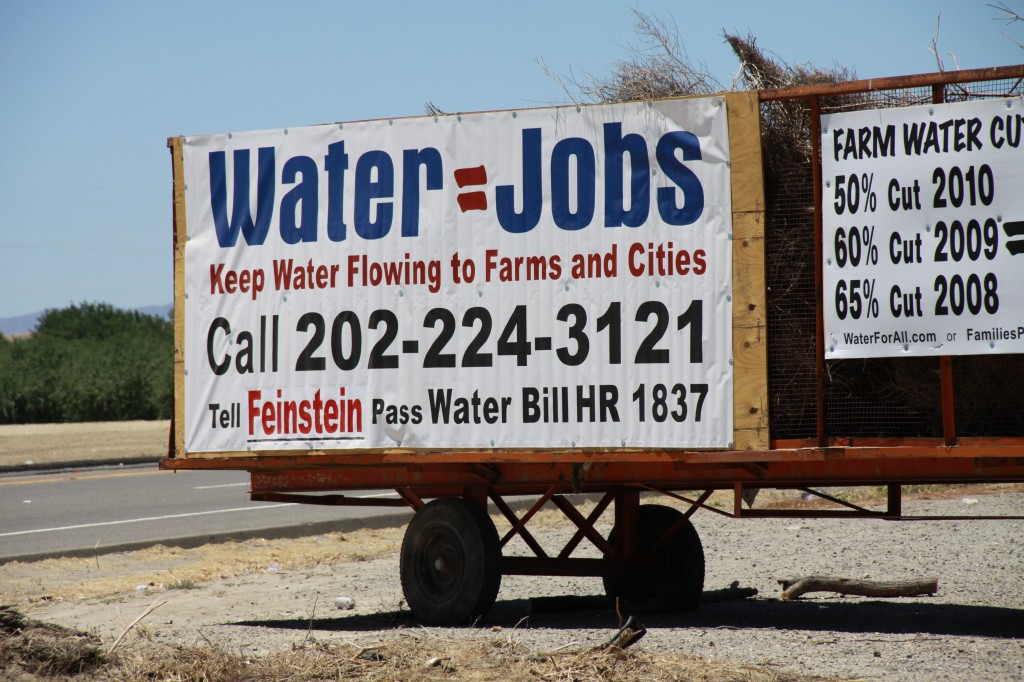The term “desert resort” is synonymous with the City of Las Vegas. The Venetian canals of the Bellagio, as well as the Mirage’s water-and-fire volcano, make conspicuous water consumption in Sin City iconic. Appearances can be deceiving, though. In fact, the Las Vegas Strip accounts for just three percent of local water use, according to the Southern Nevada Water Authority.
Fully 70 percent of the city’s water supply goes toward irrigating the 60-plus golf courses and the many residential lawns in the area. The municipal government has, however, taken steps to scale back on the city’s greenery, for example, by cutting the maximum size of a domestic lawn to just a backyard patch. Nevertheless, keeping grass verdant in the middle of the desert is arguably folly in the first place.
Don’t Believe Everything you See and Hear
The sight of golf courses lush and green next to nearby desert… the 460 foot gush of the Bellagio Fountains punctuating every 15 minutes of the desert evenings. If this pushes your “water wastage” button, you may be reacting without all the facts. Yes there is an eight-acre lake supplying the Bellagio’s fountains. Yes all the water is recycled. Furthermore automated irrigation systems, high efficiency dishwashers and linen reuse are saving more water. And whether they were first or were inspired by others, water use per person fell 40 percent between 2002 and 2013, according to the Southern Nevada Water Authority, the water agency that serves the Las Vegas metropolitan area.
If It “Stays in Vegas” Does it Dry Up Downriver?
However, the news is far from good. In February of this year it was especially bad for farmers in California’s Central Valley. That’s when they were informed that their request for water had been denied by the U.S. Interior Department’s Bureau of Reclamation. The record books will show that 2013 was the driest year on record in California. Reservoirs fell to dangerously low levels. Ten rural towns in the state were identified as having less than 100 days of supply remaining. The impact of this drought must also be seen in the context of the fact that California is the top agricultural producer ($44.7 billion). California accounts for 20 percent of U.S. milk production and dairying is the state’s largest agricultural business ($6.9 billion).
Early in 2014 California Governor Jerry Brown declared a state of emergency.
Watch Out! All Bets are Off! They Want Your Water!
There are times when a state of emergency, brings people together to meet the challenge. When it comes to the dwindling life-giving resource of water it’s a whole different game. The old saying is that “The road to hell is paved with good intentions.” Today, in California, the added nightmare of that road is that it is lined and overseen by consumer advocacy and environmental groups. They are more than ready to point the finger of blame at dairying for being the evil squanderer when it comes to groundwater depletion and contamination.
Surface Water Versus Ground Water
There are two main water sources for water in California: ground water sources and underground water sources. Drinking water – at least more than half of it – comes from underground sources. Growing population consumption means that more of these aquifers will be needed. And once again, changing times have added further problems here.
Although dairy farms use a tremendous amount of water, most of it pumped from the ground and used for drinking, cooling and sanitation. Unfortunately they are now being charged with contamination of the surface water because of the over application of manure and commercial fertilizer in areas such as the Central Valley. This results in high levels of nitrates and other dissolved salts. The end result is that, as surface water allocations are declining or becoming unusable, more and more ground water is needed.
Water quality and water allocation are passing the level of ongoing debate and becoming an all out war.
Whose Side Are You On?
It would seem that both sides have common interests based on the production of healthy food. Neither the producers, nor the human consumers want to see prices rise in response to the water crisis. However, farmers can’t afford to irrigate the crops and thousands of acres will not be put into production. No crops. No milk production. And the impact reaches deeper into the California population as farm workers are out of work and that creates a domino effect among all jobs relating to the industry.
Other states facing dwindling water supplies are responding by charging for consumption. Kansas already requires dairies that pump more than 15 acre-feet of water to put meters on their wells. A 1,000-cow dairy in California consumes 15 acre-feet of water in less than two months. California dairy farmers may soon be paying for more than just the electricity to pump groundwater.

Columbia University’s water scarcity study showed most of California, from San Diego all the way to Santa Barbara, at high risk for water problems. And CIRES’ study showed much of the same areas with high to moderate stress on regional watersheds from the coast and all the way inland. Los Angeles relies on importing much of its water from the Colorado River system which has long provided the American West with water — seven states in all that are home to almost 40 million people. But demands on the river are often cited as unsustainable, due to predicted population increases and climate change.
Your Water Budget is as Crucial as Your Dollar Budget
Dairy cows in California now number over 1.5 million. The majority consume between 20 and 50 gallons of water per day. Crop irrigation, in some cases, could run the total beyond 100 gallons per cow per day. Cows must consume water. Their health and the production of milk require it. Every drop of water that is expended has a rising cost attached to it. Although all water usage is of concern, here are four areas that may help in finding ways to reduce water consumption.
- Milking parlors, cooling and sanitation.
Goal: 10 gallons per cow per day conservation when flushing freestall lanes. - Udder prep procedures:
Use hand-operated wash hoses or automatic prep systems (target between 1 and 4 gallons per cow per milking). Water can be reduced to less than ½ gallon per day, when using low water techniques. - Bedding and freestall management
Goal: keep cows well bedded so that they enter the milking parlor clean. - Irrigation:
Keeping grassland productive may not be an option. Deeper wells may be the first step in responding to water needs. Growing more drought-tolerant grasses (than alfalfa) may be the second step. Somewhere in the priority list, some may decide not to plant corn at all. Certainly, irrigation is on the cut backlist.
THE BULLVINE BOTTOM LINE
If you’re reading this and your vantage point includes a pond, river, lake or another large body of water, you may feel that water isn’t on your problem priority list. You may even applaud the casinos and cow operations in California that have started to conserve and solve their problem. However, the simple equation is: No water= Expensive food. If everybody who consumes water doesn’t join the effort, everybody loses. Game over!
Get original “Bullvine” content sent straight to your email inbox for free.









![7733001[1]](https://www.thebullvine.com/wp-content/uploads/2014/05/77330011.jpg)











Leave a Reply
You must be logged in to post a comment.